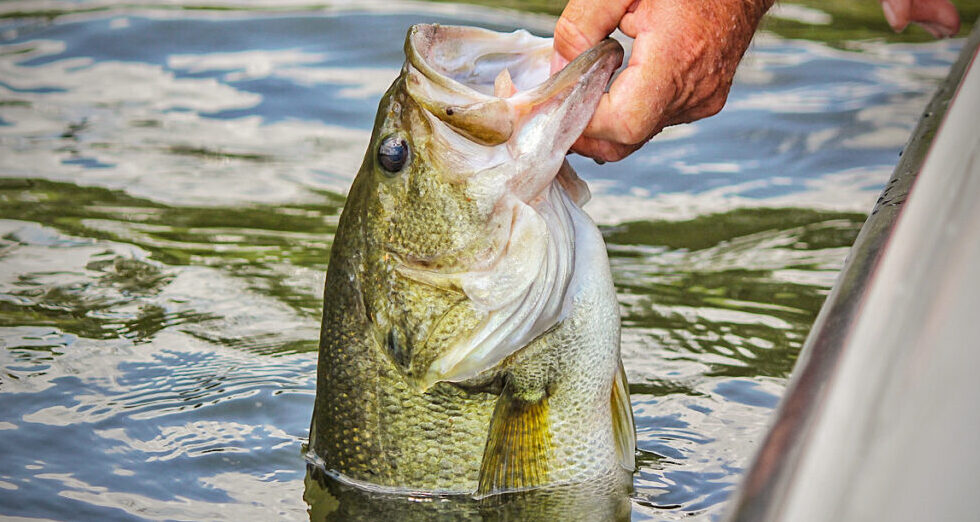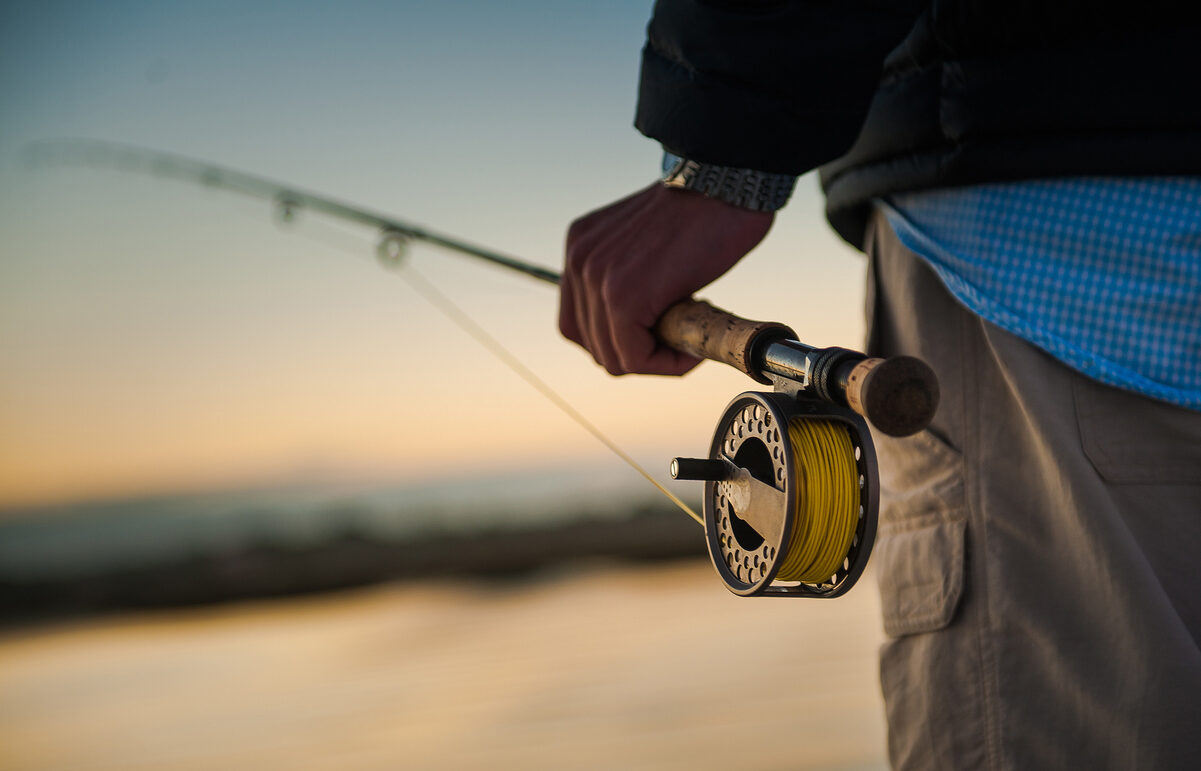Proper technique is crucial when it comes to casting accurately and achieving long-distance casts. Understanding the mechanics of casting is the foundation for mastering the art of casting. For accuracy, anglers should focus on technique, such as keeping the elbow close to the body and making a smooth, controlled motion with the rod. Additionally, anglers should pay attention to their stance and grip, ensuring that they are standing with their feet shoulder-width apart and holding the rod with a relaxed grip. By mastering the mechanics of casting, anglers can improve their accuracy and distance, leading to a more successful and enjoyable fishing trip.
Benefits of proper technique in casting extend beyond just catching more fish. By focusing on technique, anglers can reduce the risk of injury and fatigue, as well as increase their casting efficiency. Proper technique allows anglers to cast with less effort, resulting in a smoother and more fluid motion. By mastering the art of casting, anglers can not only improve their fishing skills but also enjoy a more comfortable and efficient casting experience.
Common mistakes in casting can hinder an angler’s ability to cast accurately and achieve long distances. Some of the most common mistakes include failing to practice on both sides of the body, neglecting to assess the distance and accuracy of the cast, and failing to focus on technique rather than distance[6][7]. By avoiding these common mistakes, anglers can improve their casting accuracy and distance, leading to a more successful and enjoyable fishing trip.
Selecting the Right Equipment
Selecting the right equipment is crucial for accurate and long-distance casting. When choosing a rod and reel, it is important to consider the style of fishing and the target species. For most long-distance casting situations, a 10- to 12-foot rod capable of casting 1 to 8 ounces is ideal. Additionally, selecting a reel with a high gear ratio can help increase casting distance. Matching the line and lure to the conditions is also essential for successful casting. Anglers should consult the recommended line and lure class noted on the rod and reel and select a low diameter line that weighs relatively little[10]. Proper maintenance of equipment, such as replacing worn-out line and keeping reels clean and lubricated, is also crucial for optimal performance.
In addition to selecting the right equipment, proper technique is essential for accurate and long-distance casting. Proper body mechanics, such as keeping the elbow close to the body and using a smooth, steady motion, can help improve accuracy. To achieve greater distance, anglers can try techniques such as not filling the spool completely, matching the rod with the lure used, adjusting the drag, and correcting their casting technique. Before casting, it is important to pull off the appropriate amount of line from the reel, stretching it out one arm-length at a time.
The key to mastering the art of casting is practice. Anglers should focus on maximizing distance and accuracy on their casts, as well as practicing techniques such as skipping accuracy and creating streamlined connections like the FG or blood knot[9][14]. To gauge progress, anglers can keep track of their accuracy and distance over time and set goals for improvement. With the right equipment and technique, and a dedication to practice, anglers can improve their casting skills and increase their chances of success on the water.
Tips for Accurate Casting
One of the most important aspects of accurate casting is having the proper grip and stance. To achieve a solid foundation, stand with your feet shoulder-width apart and at a 45-degree angle to your target. Your grip should be firm but not too tight, with your thumb on top of the rod and your index finger extended along the underside of the rod. This grip will allow for greater control and accuracy when casting. Additionally, keeping your elbow close to your body and your wrist firm will help you maintain control of the rod during the casting motion.
Timing and release of the cast are also crucial for accuracy. The timing of your cast should be smooth and consistent, with the rod loading and unloading in a fluid motion. The release of the cast should be crisp and precise, with the line unrolling in a straight line towards your target. To achieve a longer cast, make sure to load the rod with a smooth backcast before launching the forward cast. Additionally, applying the double haul technique can add power to your cast and increase distance.
Adjusting for wind and current is another important aspect of accurate casting. When casting into the wind, aim your cast slightly to the side of the wind to allow for the wind to carry the line towards your target. When casting with the current, aim your cast slightly upstream to allow for the current to carry the bait or lure towards your target. Additionally, adjusting the shape of your loop and the timing of your haul can help compensate for wind and current conditions. With practice and attention to these tips, you can master the art of casting and achieve greater accuracy and longer distances in your casts.
Tips for LongDistance Casting
One of the most important factors in achieving long-distance casting is loading the rod properly. This involves understanding the rod and finding the right balance between the weight of the line and the power of the rod. To load the rod properly, start with a good stance and grip. Then, on touch and go casts, allow the anchor to briefly touch down to form a “D” loop while loading the rod and preparing for the forward cast. By mastering this technique, you can achieve longer and more accurate casts.
Another key factor in achieving long-distance casts is lengthening the casting stroke. This involves increasing the length of both the backcast and the forward cast. Additionally, advanced casters can try a quick down-up movement with the fly line hand for a single haul effect when stroking the rod forward, which increases load on the rod and can lead to longer casts. By lengthening the casting stroke and incorporating these techniques, you can achieve greater distance and accuracy in your casts.
Finally, it’s essential to use the right amount of force in your casting motion. This involves proper timing and accurate casting motion. Slow down and relax, then increase the line speed and stop by squeezing the rod handle. Additionally, using the drift on the backcast technique can help achieve maximum distance by allowing the rod hand and rod tip to travel along the longest possible path. By incorporating these tips and techniques into your casting routine, you can master the art of long-distance casting and improve your overall fly-fishing experience.


